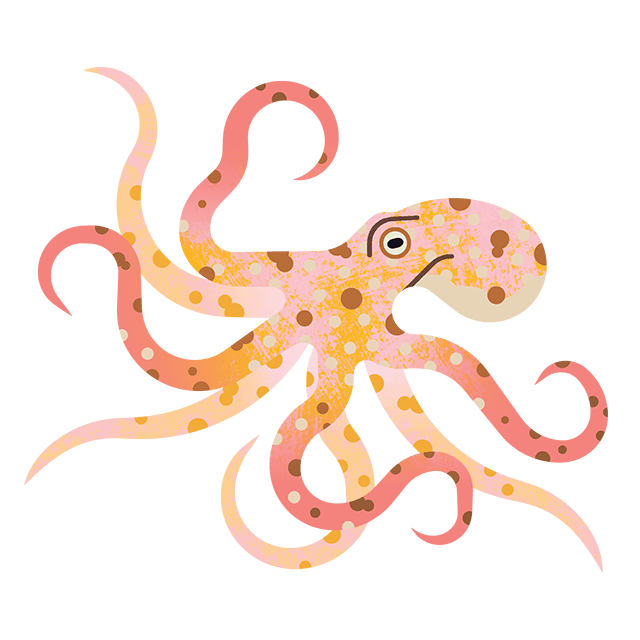
About the Good Fish Guide
2 minute read
The Good Fish Guide has all the advice you need to make sure your fish dish is sustainable.
Why should I avoid unsustainable seafood?
Some fish are as endangered as the Bengal tiger, yet they're still finding their way onto our plates.
Unsustainable seafood can have many different impacts, from overfishing in the wild to excessive chemical usage in fish farms.
How can choosing sustainable seafood help?
We believe there's a firm place for responsible, well-managed fishing and aquaculture in our vision for healthy seas.
Over 2 billion people around the world depend on seafood as their primary source of protein. With an ever-growing population, there is increasing pressure on our ocean to supply us with food.
It's critical that we meet our future protein needs whilst ensuring the health, diversity and productivity of our marine environment.
There's also increasing evidence that some forms of seafood can provide an important source of low-carbon protein, which is crucial for our changing climate.
By choosing only sustainable seafood, we can help minimise damage to vulnerable habitats and species.
Wild-caught and farmed seafood supports the social and economic prosperity of many coastal communities and countries, including in the UK. Over time, we've seen that the market demand for more sustainable seafood is encouraging real improvements in the management and operation of fishing and aquaculture.
Learn more about what we’re doing to drive improvements in fishing and farming practices.
Where does the Good Fish Guide come in?
Whether you're in a restaurant, planning a meal or standing at the fish counter, you can use the Good Fish Guide to make responsible choices, helping to look after our seas and marine wildlife.
How accurate is the Guide?
We use the best scientific advice available to create 'at a glance' ratings, so you know what the best choices are – and which fish to avoid.
To find out more, see How our Good Fish Guide ratings work.



